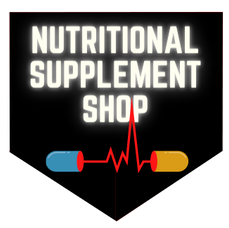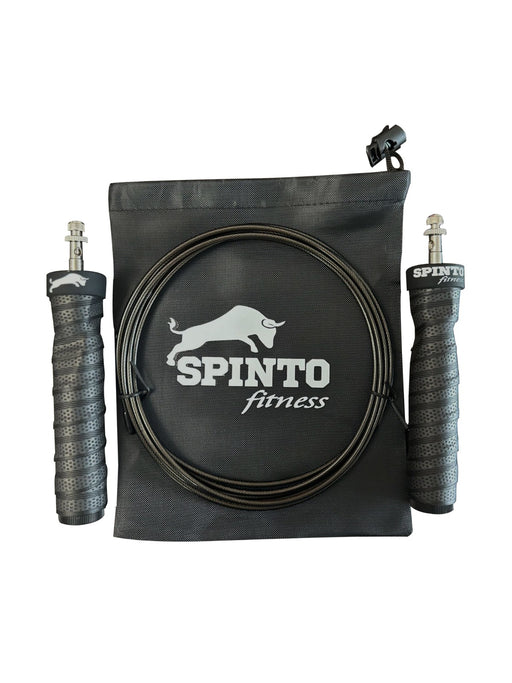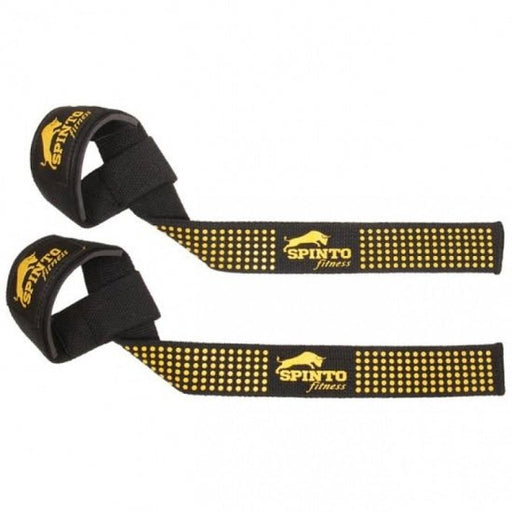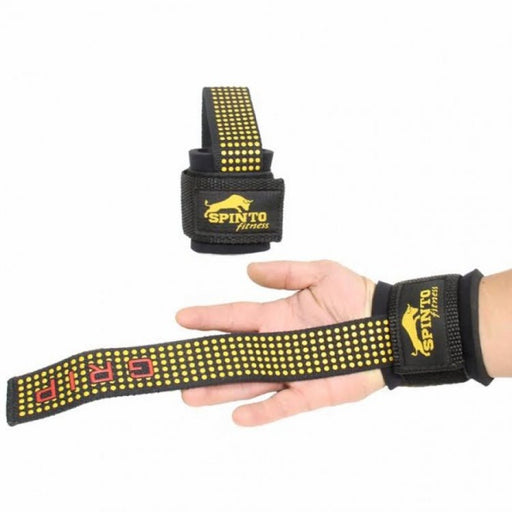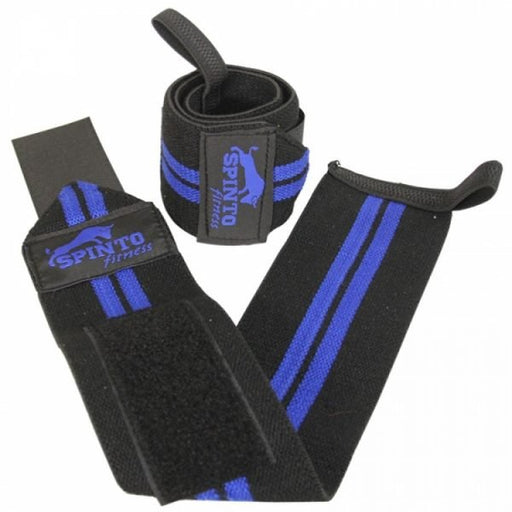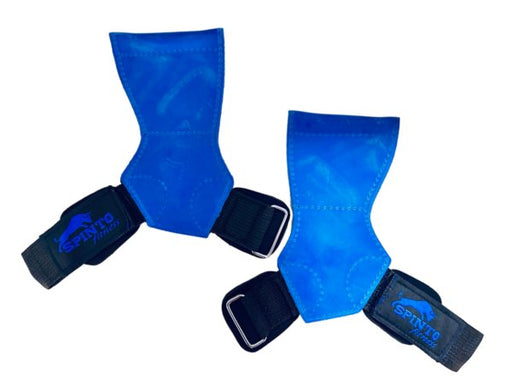Customer Support
Weight lifting, whether you’re a professional powerlifter or just someone hitting the gym for better health, can be significantly enhanced and made safer with the right accessories. Just like an artist has brushes and paints, a weightlifter has a range of accessories that can help achieve better lifts, prevent injuries, and improve overall lifting experience. In this article, we'll explore some of the most beneficial weight lifting accessories, delving into their uses and benefits.
1. Weight Lifting Padded Grips:
Uses: Padded grips are designed to provide a more comfortable grip on the bar, reducing hand fatigue and preventing calluses or blisters. They can be especially useful for those with sensitive hands or when lifting heavy weights that exert considerable pressure on the hands.
Benefits: They not only enhance your grip but also distribute the weight more evenly across your hand, reducing pressure points. This can potentially improve lifting performance by allowing for longer, more comfortable workout sessions.
2. Lifting Straps:
Uses: Lifting straps are long, narrow pieces of durable material that wrap around your wrist and the barbell or dumbbell. They’re primarily used in pulling exercises like deadlifts or rows when grip strength might fail before the targeted muscle group.
Benefits: By providing additional support, lifting straps enable you to lift heavier weights or perform more reps than you could with your natural grip alone. This ensures that the targeted muscles are worked to their full potential.
3. Steel Lifting Hooks for Powerlifting:
Uses: Similar to lifting straps, steel lifting hooks are designed to aid in grip. They are especially useful in heavy pulling exercises. The hooks latch onto the bar, relieving the hands from holding the entire weight.
Benefits: For powerlifters pushing their limits, these hooks can be instrumental. They prevent early grip failure, ensuring that the back, shoulders, or other targeted muscles are thoroughly exhausted.
4. Workout Wrist Wraps:
Uses: Wrist wraps are thick bands of material that wrap around the wrist to provide added support. They are especially useful in exercises that place a significant amount of pressure on the wrist, such as heavy bench presses or overhead presses.
Benefits: They stabilize the wrist joint, reducing the risk of hyperextension or strains. This added stability can allow lifters to push more weight confidently, knowing that their wrists are supported.
5. Knee Wraps for Squats:
Uses: As the name suggests, knee wraps are used during squatting exercises. They are wrapped tightly around the knee joints to provide support and stability.
Benefits: Knee wraps can significantly increase the amount of weight a lifter can squat by creating a rebound effect at the bottom of the squat. Additionally, they protect the knee joint by dispersing the load and preventing sudden, jerky movements.
6. Workout Gloves:
Uses: Workout gloves cover the entire hand and provide cushioning and grip. They are used in various exercises, from lifting free weights to using resistance machines.
Benefits: Gloves prevent calluses, blisters, and provide a better grip, especially when hands become sweaty. They can also reduce pressure on the palms and distribute weight more evenly.
7. Weight Belts:
Uses: Weight belts wrap around the midsection and are primarily used during heavy compound lifts like squats and deadlifts.
Benefits: They stabilize the core and reduce stress on the lower back by increasing intra-abdominal pressure. This protective measure can help prevent injuries and also allow lifters to lift heavier weights with better form.
8. Liquid Chalk:
Uses: Liquid chalk is applied to the hands and, when dried, provides an enhanced grip by absorbing sweat and creating a rough texture on the palms.
Benefits: Unlike regular chalk, which can be messy and is often prohibited in commercial gyms, liquid chalk is less messy and is a discreet way of ensuring a secure grip, especially during heavy lifts or pull exercises.
Conclusion:
Using the right accessories in weight lifting is not just about getting those few extra reps or adding a few more pounds to the bar. It’s also about safety, longevity, and ensuring that you’re getting the most out of your workouts. Whether you’re a beginner or an advanced lifter, integrating these accessories into your regimen can be a game-changer. As always, before trying out a new accessory, do your research, and if possible, consult with a fitness professional to ensure you’re using it correctly and safely.
